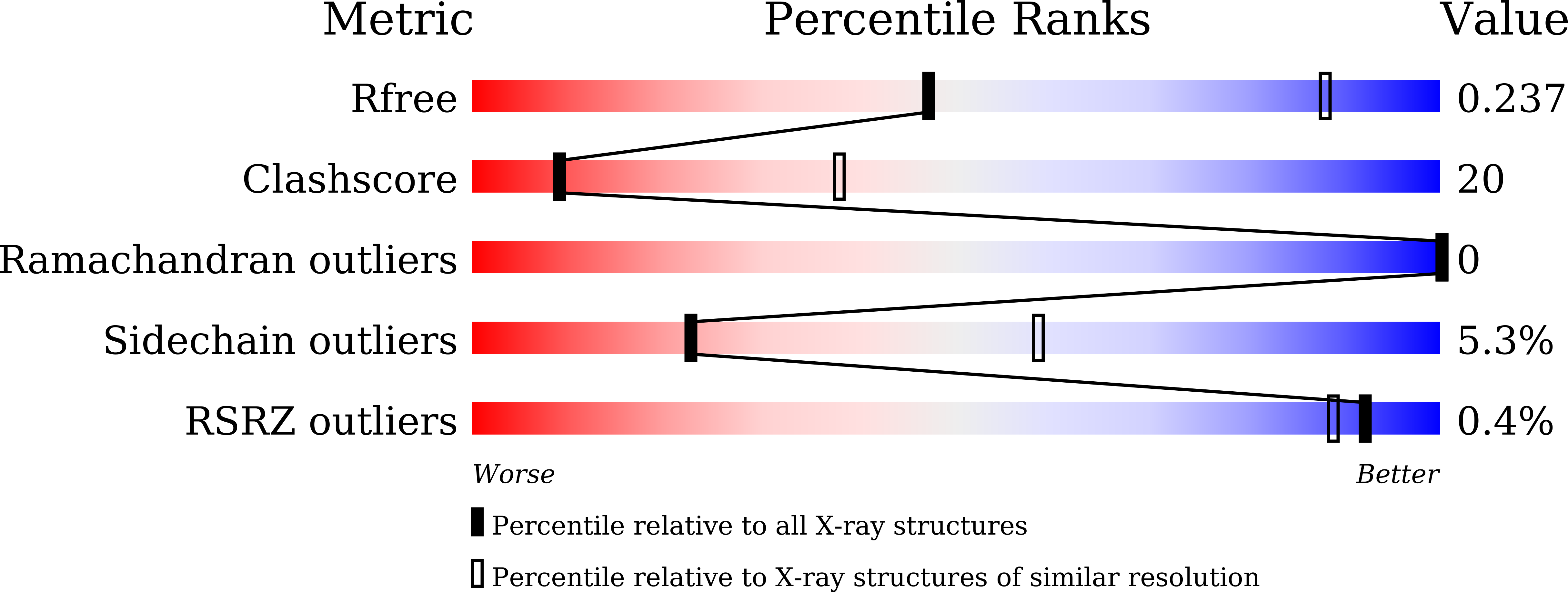
Deposition Date
2021-07-06
Release Date
2022-07-13
Last Version Date
2024-05-29
Entry Detail
PDB ID:
7FAD
Keywords:
Title:
Crystal structure of Xenopus GCP2-N terminal domain and Mzt2
Biological Source:
Source Organism:
Xenopus laevis (Taxon ID: 8355)
Xenopus tropicalis (Taxon ID: 8364)
Xenopus tropicalis (Taxon ID: 8364)
Host Organism:
Method Details:
Experimental Method:
Resolution:
3.20 Å
R-Value Free:
0.23
R-Value Work:
0.20
R-Value Observed:
0.20
Space Group:
I 2 2 2


